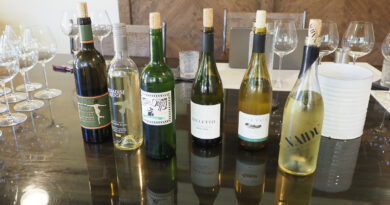Two truths of wine marketing not widely acknowledged
I recent read an excellent post telling winery owners what they could do more effectively in selling their wine. It was good advice on listening to customers and seeing what they actually wanted. It’s important that we realize that not all consumers are like us, and we aren’t selling wine to ourselves.
But what this post failed to acknowledge are two truths of wine marketing that don’t get the airtime they deserve.
The first is that it’s actually distribution that sells wine. DTC (direct to consumer sales) are great, and very profitable, but it’s simply not possible for many wineries to sell most of their wine this way. [For example, if you are a French, Italian, German, Spanish, Amercian – well any winery outside the UK – you cannot legally sell wine directly to UK customers.] And don’t forget, that there is a consumer-acquisition cost to be borne in mind, even if you do sell DTC, and that cost might be hidden (it could be the cost of running a cellar door).
Most wine is sold through some distribution channel. Consumers can only by the wine in front of them. When they go into a wine shop, a supermarket, or a restaurant they will only be able to choose from a very small subset of wines that has been selected by that establishment. If you are on the shelf or on the wine list, and only then, is your wine in danger of being sold. Distribution sells wine.
The second is that you are not selling your wine. You are not interacting with your customer. It is almost always someone else who is selling your wine. Hopefully your wine ends up in places where someone good is selling it, because they will be interacting with their customer who hopefully will become your customer. In many instances your wine will be sold before the person who bought it even saw the label. And it might have been bought simply because it was the only Sauvignon Blanc (for example), or Rioja, or Chablis on the list. It may well be drunk without the customer really logging the name of the winery, treated more-or-less as a commodity.
So in our discussions on wine marketing, let’s remember these two truths. Distribution sells wine, and someone else will probably be selling your wine.




